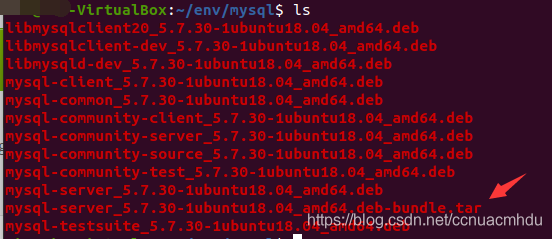
Similarly, numerous map tasks will export the data from HDFS on to RDBMS using the Sqoop export command. Multiple mappers perform map tasks to load the data on to HDFS.Ĥ. We have a connector for each of these connectors help to work with a range of accessible databases.ģ. Here, we have an enterprise data warehouse, document-based systems, and a relational database. Sqoop fetches data from different databases. The client submits the import/ export command to import or export data.Ģ. Now, let’s dive deep into the architecture of Sqoop, step by step:ġ. Sqoop can load the entire table or parts of the table with a single command.Īfter going through the features of Sqoop as a part of this Sqoop tutorial, let us understand the Sqoop architecture. Sqoop supports the Kerberos computer network authentication protocol, which enables nodes communication over an insecure network to authenticate users securely. Sqoop provides connectors for multiple RDBMSs, such as the MySQL and Microsoft SQL servers.

Now that we've understood about Sqoop and the need for Sqoop, as the next topic in this Sqoop tutorial, let's learn the features of Sqoop. Using Sqoop in Hadoop helped to overcome all the challenges of the traditional approach and it could load bulk data from RDBMS to Hadoop with ease.

Let us now begin our Sqoop tutorial by understanding what exactly is Sqoop. Learn about Sqoop, Flume, Pig, Hive, Impala, and Cloudera with the Big Data Hadoop Administrator Certification Training.
Hadoop install mysql jdbc how to#
It digs into everything from the basics of Sqoop and its architecture, to how to actually use it. This Sqoop tutorial gives you an in-depth walkthrough for using the Sqoop tool in Hadoop to manage Big Data. Simply put, Sqoop helps professionals work with large amounts of data in Hadoop. One such discipline centers around Sqoop, which is a tool in the Hadoop ecosystem used to load data from relational database management systems (RDBMS) to Hadoop and export it back to the RDBMS. The Hadoop ecosystem consists of various facets specific to different career specialties.


 0 kommentar(er)
0 kommentar(er)
